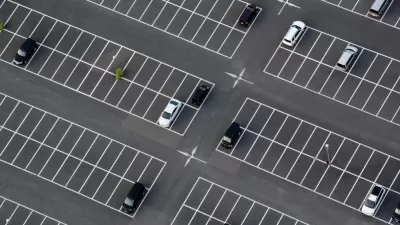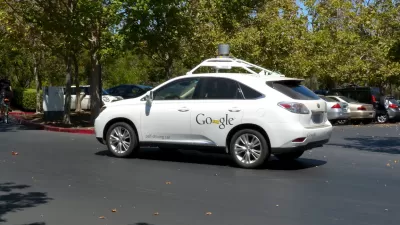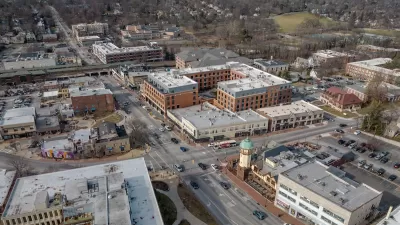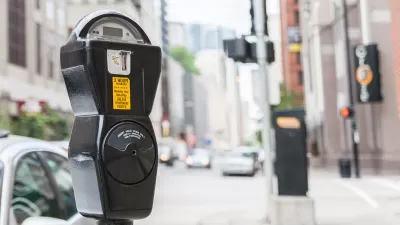No one is really sure how many parking spots the United States contains, but estimates stretch up to 2 billion.

This may conjure up images of asphalt seas surrounding suburban shopping malls, but city centers have their fair share as well. Manhattan, arguably one of the least amenable places in the country to cars, has 102,000 public off-street parking spaces [pdf] below 60th Street — more than four times the size of Disneyland. Studies have shown that a significant number of the cars circulating in central business districts at any given time are just looking for parking [pdf].
It also plays a major role in new construction, and not for the better. “Parking is the 800-pound gorilla in land development,” said Will Baumgardner, leader of Arup’s transport and mobility business in the Americas. On most projects, municipal zoning codes require developers to provide at least a set minimum amount of parking. Investors also exert pressure on this front. They often hesitate to fund projects with fewer-than-normal spots, fearing that potential tenants will be scared off by concerns over inaccessibility.
As a result, Baumgardner said, “many office projects build as much space for parking as floor space for people” — significantly increasing the development’s overall cost.
New frontiers
As autonomous vehicle (AV) technology advances, forward-thinking designers, developers, and policymakers are beginning to envision a world with much less parking.
FULL STORY: As a driverless future dawns, should we still build parking?

Alabama: Trump Terminates Settlements for Black Communities Harmed By Raw Sewage
Trump deemed the landmark civil rights agreement “illegal DEI and environmental justice policy.”

Planetizen Federal Action Tracker
A weekly monitor of how Trump’s orders and actions are impacting planners and planning in America.

The 120 Year Old Tiny Home Villages That Sheltered San Francisco’s Earthquake Refugees
More than a century ago, San Francisco mobilized to house thousands of residents displaced by the 1906 earthquake. Could their strategy offer a model for the present?

In Both Crashes and Crime, Public Transportation is Far Safer than Driving
Contrary to popular assumptions, public transportation has far lower crash and crime rates than automobile travel. For safer communities, improve and encourage transit travel.

Report: Zoning Reforms Should Complement Nashville’s Ambitious Transit Plan
Without reform, restrictive zoning codes will limit the impact of the city’s planned transit expansion and could exclude some of the residents who depend on transit the most.

Judge Orders Release of Frozen IRA, IIJA Funding
The decision is a victory for environmental groups who charged that freezing funds for critical infrastructure and disaster response programs caused “real and irreparable harm” to communities.
Urban Design for Planners 1: Software Tools
This six-course series explores essential urban design concepts using open source software and equips planners with the tools they need to participate fully in the urban design process.
Planning for Universal Design
Learn the tools for implementing Universal Design in planning regulations.
Clanton & Associates, Inc.
Jessamine County Fiscal Court
Institute for Housing and Urban Development Studies (IHS)
City of Grandview
Harvard GSD Executive Education
Toledo-Lucas County Plan Commissions
Salt Lake City
NYU Wagner Graduate School of Public Service





























